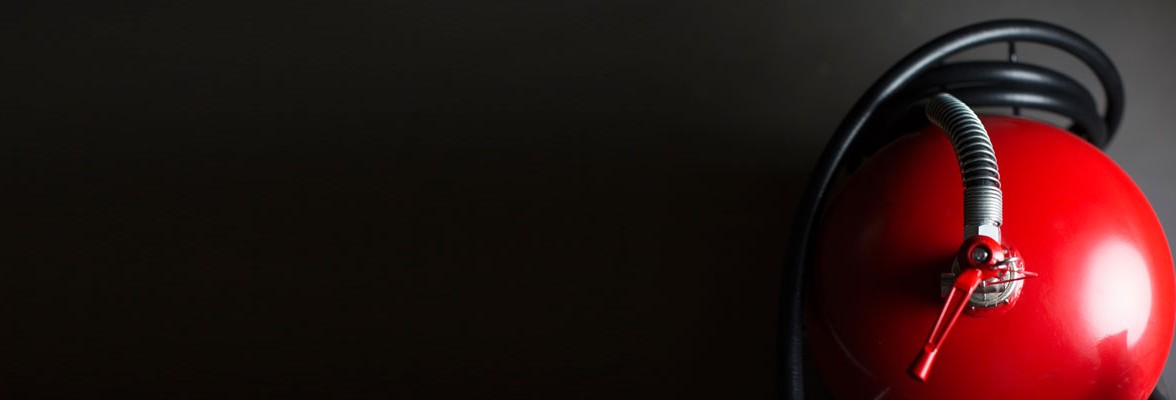YOUR CART
- No products in the cart.
Subtotal:
$0.00


Fusible links are essential components in fire safety systems. They activate fire protection mechanisms and help prevent fires from spreading to surrounding areas in your building. Choosing the right fusible links and inspecting them regularly enables you to achieve fire code compliance and protect your property in the event of a fire.
A fusible link is a heat-sensitive fire safety device designed to melt at a predetermined high temperature. It typically features two metal components soldered together that release a link when reaching a specific temperature. This link triggers a fire safety mechanism to take over and prevent fire from spreading to other rooms or systems within your building.
Different fire safety systems depend on different types of fusible links. Consider how each type can support your commercial or residential property:
Fusible links are crucial in the following types of fire safety equipment:
Fire dampers are essential for preventing smoke and fire from spreading through ventilation systems. Fusible links hold damper blades open until they reach a certain temperature and melt. This melting causes the links to separate, releasing the blades and sealing the damper.
You can use standard or quick-response fusible links to protect your building’s HVAC ductwork. Consult a qualified HVAC specialist or check your local building codes to determine the best option for your needs.
Standard fusible links are also vital for fire doors. A fusible link releases a fire door’s hold-open mechanism when it melts. Once the link reaches a specific temperature and releases this mechanism, the door automatically closes to compartmentalize fires and prevent their spread to other parts of your building. Fire doors and fusible links help protect escape routes from fire and smoke. A fire door’s exact fusible link placement may depend on the type of door:
Fusible links activate a sprinkler system when they reach a specific temperature. When a fusible link in a sprinkler head melts, its plates separate and release a plug. The plug’s release allows water to flow through the sprinkler head and help extinguish the fire. The type of fusible links you need for your sprinkler system depends on the application:
Fusible links are only intended for fusible link sprinkler heads. If you have glass bulb sprinkler heads, they activate via heat-sensitive liquid.
Quick-response fusible links are essential in commercial cooking equipment, such as kitchen hood systems, because they automatically activate fire suppression systems. When a fusible link reaches its melting temperature, it releases a cable and allows a fire suppression chemical to flow through the system’s discharge nozzles. Fusible links are typically inside a kitchen’s hood area because this is where a fire is most likely to occur.

Choosing the right fusible links is vital for proper operation. Check the temperature rating of your building’s environment and application to ensure your fusible links will melt and activate fire protection systems at the right temperature. This ensures safety systems activate when you need them to and remain dormant when they are unnecessary.
Purchasing fusible links from a reputable supplier ensures you receive dependable, long-lasting devices. Quality suppliers carry a wide selection of fusible links and provide expert guidance in selecting the right option.
Regular inspections and maintenance are also important. You should inspect or replace fire dampers at the proper intervals according to the type of system they support:
You should also check your building’s fire codes to ensure you use the correct fusible links in each system and replace them at the proper intervals.
Examine fusible links closely for signs of damage, such as the following:
Fusible links are crucial to your building’s fire safety, protecting lives and property. National Fire Supply carries a wide selection of fire safety products, including globe fusible links.
At National Fire Supply, we offer excellent customer service and two-day express shipping to help you enhance your building’s safety. We are dedicated to increasing your peace of mind with some of the industry’s highest-quality fire safety equipment. Our experts can answer your questions, narrow down your options and research parts to ensure you receive the perfect fit. Browse our fusible link inventory or contact us to learn more about choosing the best choice for your needs.